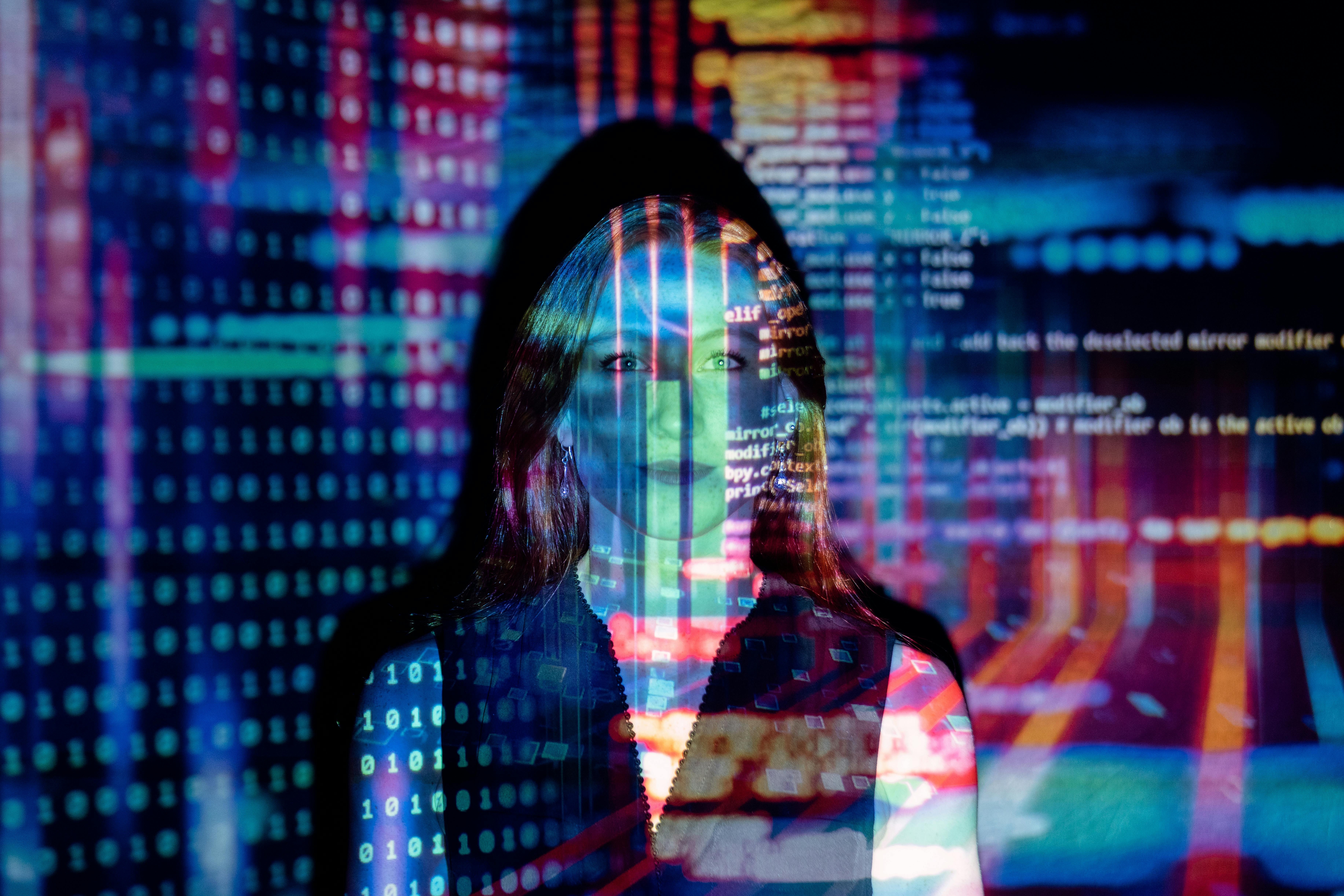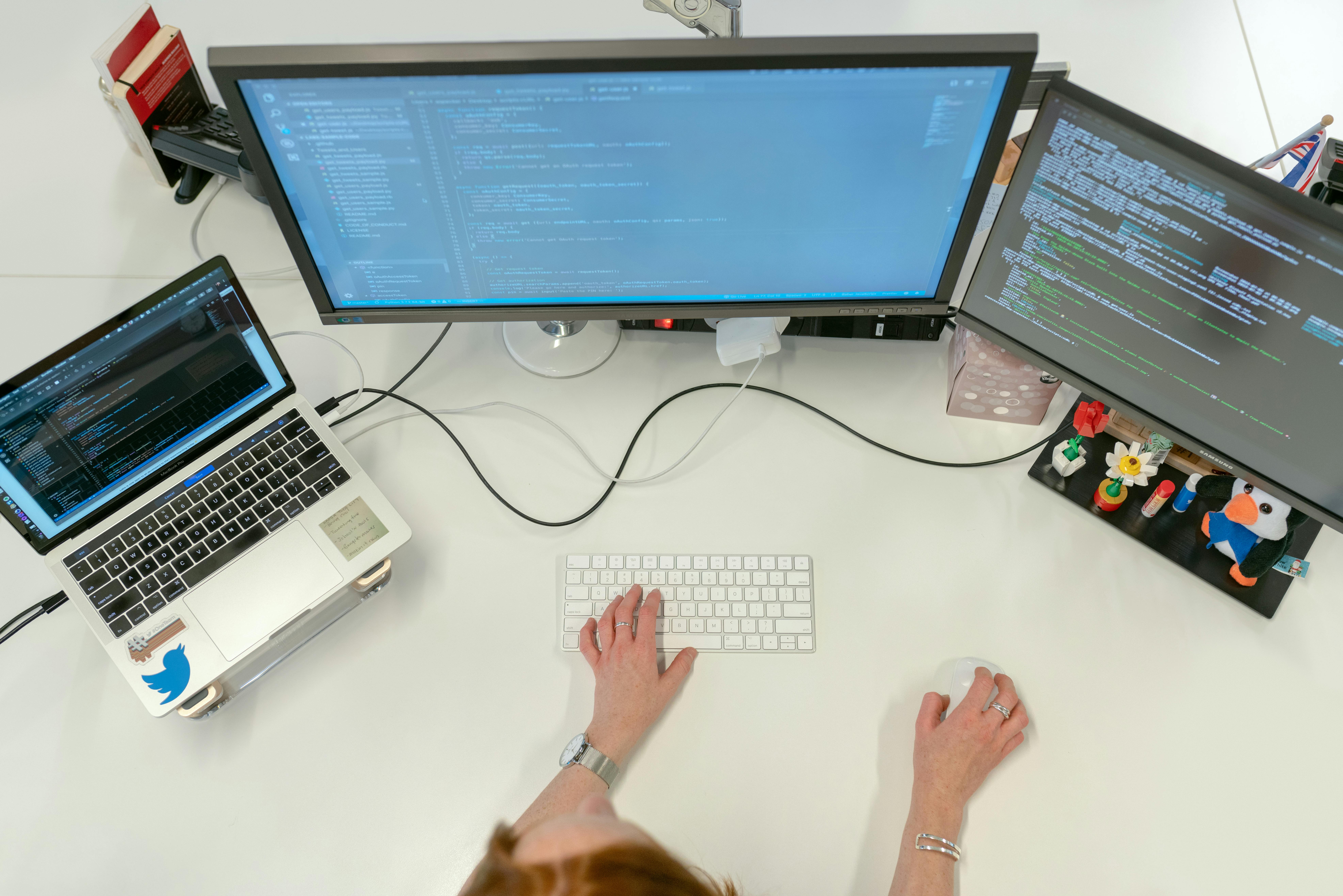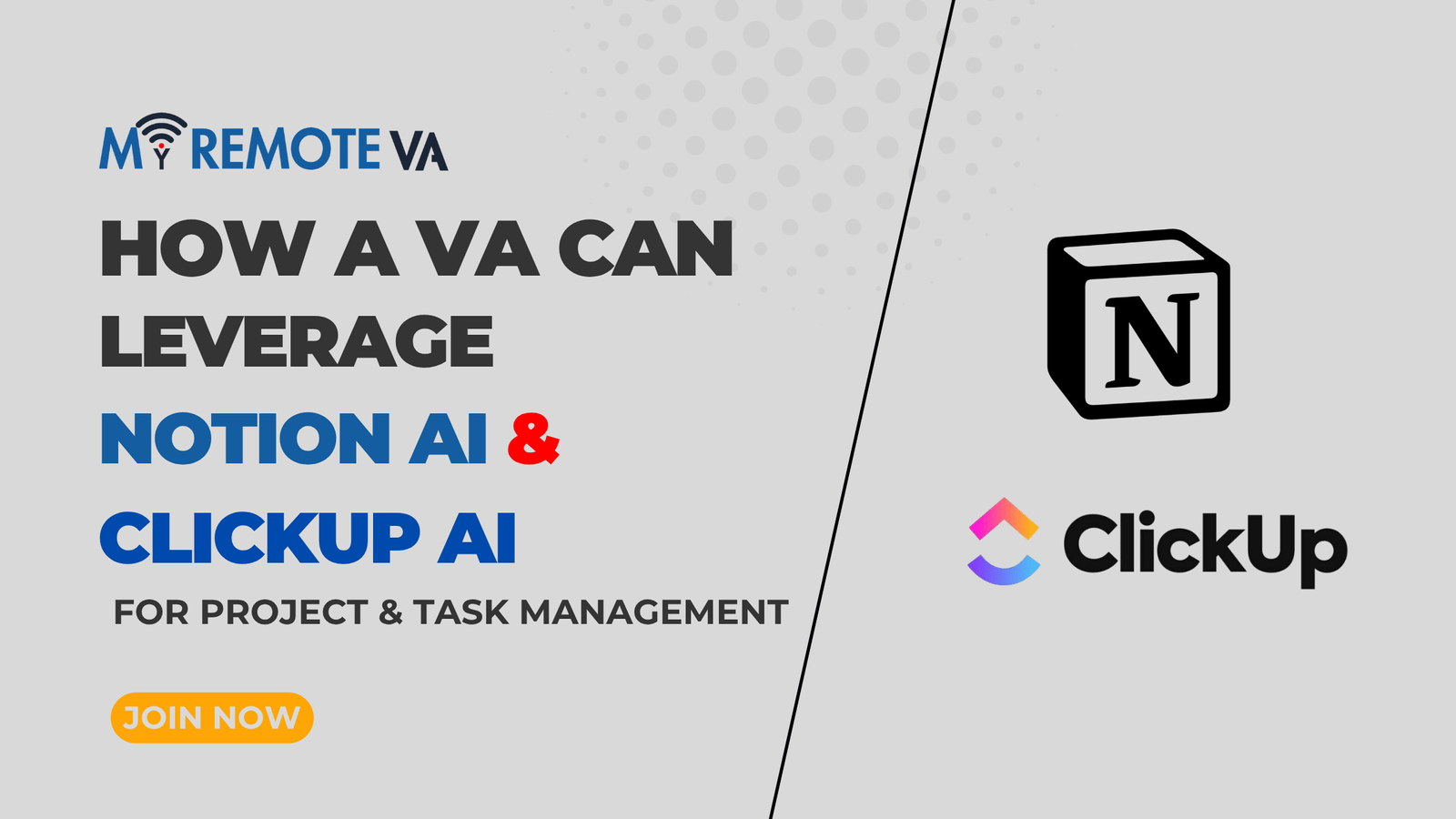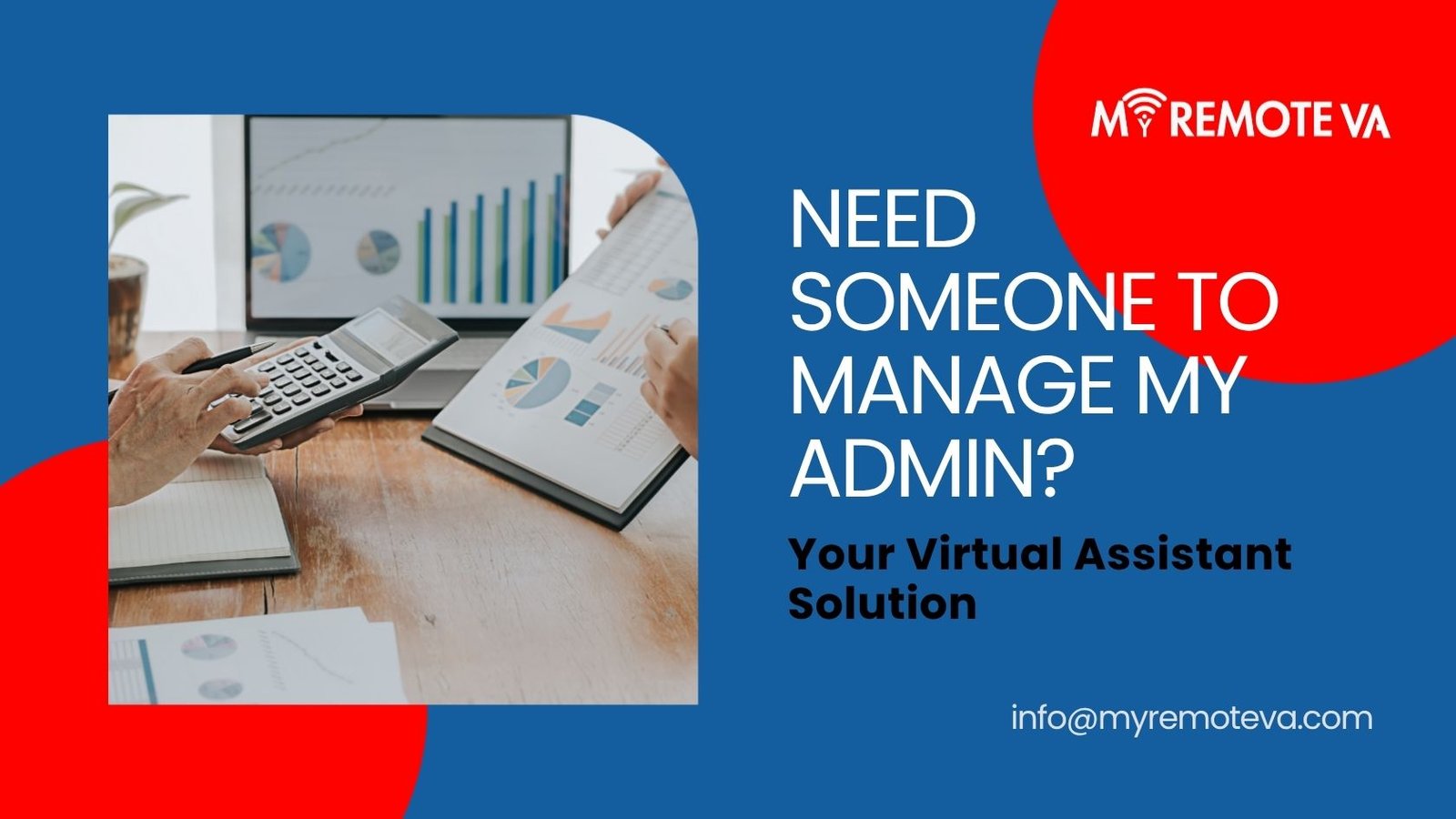Let’s be real: we’re all swimming in content these days. From our social feeds to the blogs we read, it feels like the information just never stops. And with the rise of AI, a lot of that content isn’t even written by a person anymore. Sometimes, you can spot it a mile away—a piece that’s just a little too perfect, a little too generic. But other times, it’s so good, you can barely tell the difference. That’s why it’s more important than ever to know how to fact-check AI-generated content. It’s not about being a skeptic of technology; it’s about being a smart consumer of information.
I remember the first time I really got a reality check on this. A friend sent me a seemingly perfect-looking news article about a new coffee shop opening up nearby. The details were all there—the name of the owner, the specific street, even a quote that sounded authentic. But as I read it, I got this strange feeling, like the words were polished to a shine but lacked any real warmth. It was too smooth. A quick search of the “news site” it came from led me to a completely fabricated source. The AI hadn’t just summarized a story; it had invented a whole narrative. That’s the real danger, isn’t it? The content isn’t just slightly off; it’s a confident lie. So, how do we arm ourselves against this digital fog?
The bottom line is this: you have to be the final gatekeeper. Every piece of AI-generated content, no matter how convincing, needs to be verified by you. This isn’t a task for just journalists or experts; it’s a necessary skill for everyone navigating the modern web. You need a simple, reliable system to double-check the facts before you share, act on, or even believe what you’re reading.
Why We Can’t Take AI’s Word for It
Here’s a secret about how large language models (LLMs) like those that write content actually work: they’re not thinkers. They’re incredibly sophisticated pattern-matchers. They look at billions of words and figure out what the most statistically probable next word should be. It’s like a super-smart autocomplete. This is why they’re so good at sounding convincing, but it’s also the reason they can “hallucinate,” or just make stuff up. They’ll confidently fill in a blank with information that sounds right but has no basis in reality.
I’ve seen it myself in all sorts of places. A chatbot confidently recommending a product that was discontinued years ago. An article citing a study with a link that leads to a completely different paper. It’s a fundamental flaw in the technology, and until it’s fixed, you can’t assume what you read is true just because it’s well-written. The responsibility for accuracy always falls on the person hitting “publish” or “share”—and that might just be you.

Your Inner Detective: Spotting AI Without a Tool
You don’t need a fancy detector to spot a lot of AI-written content. Your own eyes and brain are the most powerful tools you have. Over time, you’ll start to notice some common tells. It’s like a sixth sense for generic writing. Keep an eye out for these red flags:
- The Language is a Little Too Perfect: Ever read something that’s grammatically flawless but completely lacks soul? It’s often filled with repetitive, formal phrases. A real person might use slang, or a clunky sentence, or even a few “ums” if they were talking. AI struggles with that natural, messy flow.
- Vague, High-Level Statements: AI loves to speak in generalities. It might say, “The economy is facing significant challenges,” without giving a single specific example of what those challenges are. It’s often missing the specific details, anecdotes, or unique insights that make a piece of writing truly memorable and useful.
- Missing or Made-Up Sources: This is a big one. An article making a bold claim with no source to back it up should be treated with extreme caution. Even worse, if you check the citation and it leads to a dead link, a different article, or a completely non-existent study, you’ve almost certainly found an AI hallucination.
- Conflicting Information: An AI might make two statements in the same text that subtly contradict each other, simply because it’s not a cohesive thinker. A person would catch this and fix it.
Your Step-by-Step Guide to Verification
If you’ve found a piece of content you’re suspicious of, or frankly, even if you haven’t, you need a quick process to get to the bottom of it. This isn’t about spending hours on every single thing you read; it’s about building a quick, reliable habit.
Isolate the Facts
The first step is to treat the content like a prosecutor would treat a witness statement. Break it down into individual, verifiable claims. Don’t try to tackle the entire article at once. Pull out specific numbers, names of people or organizations, dates, and key assertions. Each of these is a single point you need to prove or disprove.
Consult Your Go-To Sources
Now, take those claims and go find them yourself. But you have to be smart about where you look. Don’t just search the internet and click the first thing that pops up. You need to use reliable, authoritative sources. I’m talking about things like official government websites, major news organizations with a long history of fact-checking, or academic journals. The goal is to find at least two or three independent sources that all say the same thing. If you can’t find a single one, or if all the sources are just other blogs that seem to be referencing each other, it’s time to be suspicious. For a deeper dive on how to do this right, you might find our guide on how to start a research project pretty handy.
Check the Date!
AI models have a knowledge cutoff. They don’t know what happened yesterday, or even last week. They’re trained on a static dataset, so they can easily present an old statistic as current. Always check the date on the information you find. Is that stat from 2019 being used to describe the market today? Is the quoted person still in that position? Timeliness is a key part of accuracy.
Reverse Image Search is Your Friend
It’s not just text. AI can generate images and videos that look unbelievably real. If an image seems too good to be true, or if you’re not sure where it came from, use a reverse image search tool like the one built into Google. It can quickly show you if the photo has been used somewhere else, if it’s a stock photo, or if it’s a known deepfake. It’s an essential part of the puzzle.

What About AI Detection Tools?
You’ve probably heard of tools that claim to detect if something was written by an AI. They analyze things like sentence complexity and how predictable the word choices are. And they can be useful, but you need to take them with a grain of salt. They are not perfect. Sometimes, they’ll flag a very formulaic piece of human writing as AI-generated, or they’ll miss a piece of text from a sophisticated model. Think of them as a hint, not a definitive judgment. If a tool flags something, it’s a good reason to start your human-driven verification process, not to immediately assume it’s true. It’s a starting line, not a finish line. This is actually a great task for a human expert, like a virtual assistant, as we’ve talked about in our post on how to hire a remote VA for a small business. A person’s judgment is irreplaceable.
FAQ: Quick Answers for the Curious
Q: What does it mean when an AI “hallucinates”?
Basically, it’s when an AI makes things up. It generates information that sounds totally plausible but is factually wrong. Since the AI is just predicting the next most likely word, it will sometimes fill in a blank with confident but completely false information.
Q: Should I trust AI detection tools?
Don’t trust them completely. While they can be a useful first step, they are prone to errors. Use them as a trigger to begin your own human-led fact-checking process, not as the final word on whether something is real or not.
Q: Why is it so important to fact-check AI content?
Because misinformation spreads like wildfire. An AI can generate a lot of content very quickly, and if it’s full of inaccuracies, it can mislead people on a massive scale. Fact-checking helps ensure that the information you consume and share is actually true.
Q: What’s the easiest way to spot fake AI content?
Look for the red flags: generic language, a lack of specific details, and especially the absence of any real, verifiable sources. If it makes bold claims without showing its work, it’s probably not to be trusted.














